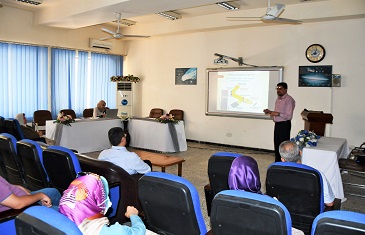
The main characteristic of an astronomical telescope is its diameter, defining both sensitivity and angular resolution. Ground-based telescopes have steadily grown in size, enabling observations of exoplanets, black holes, distant galaxies, and many other astronomical objects. Until recently, however, their resolution was limited by the distortions that occur as light passes through the atmosphere. The absence of these distortions in space is the primary reason the observations from the Hubble Telescope were so revolutionary, even though its aperture and light gathering ability were far smaller than many large telescopes on earth. Now, thanks to real-time compensation of atmospheric turbulence by Adaptive Optics, large telescopes can operate at the diffraction limit, delivering images ~100x sharper than the uncorrected seeing limit. This training course will discuss how Adaptive Optics works and how its implementation in large observatories leverages recent advances in optics and high performance computing The upcoming generation of 30-m class telescopes will bring orders-of-magnitude gains in sensitivity with adaptive optics. The training course will discuss some of the advances expected for these instruments. One particularly exciting application that will be discussed is search for life by imaging and spectroscopy of nearby habitable exoplanets.

No comment